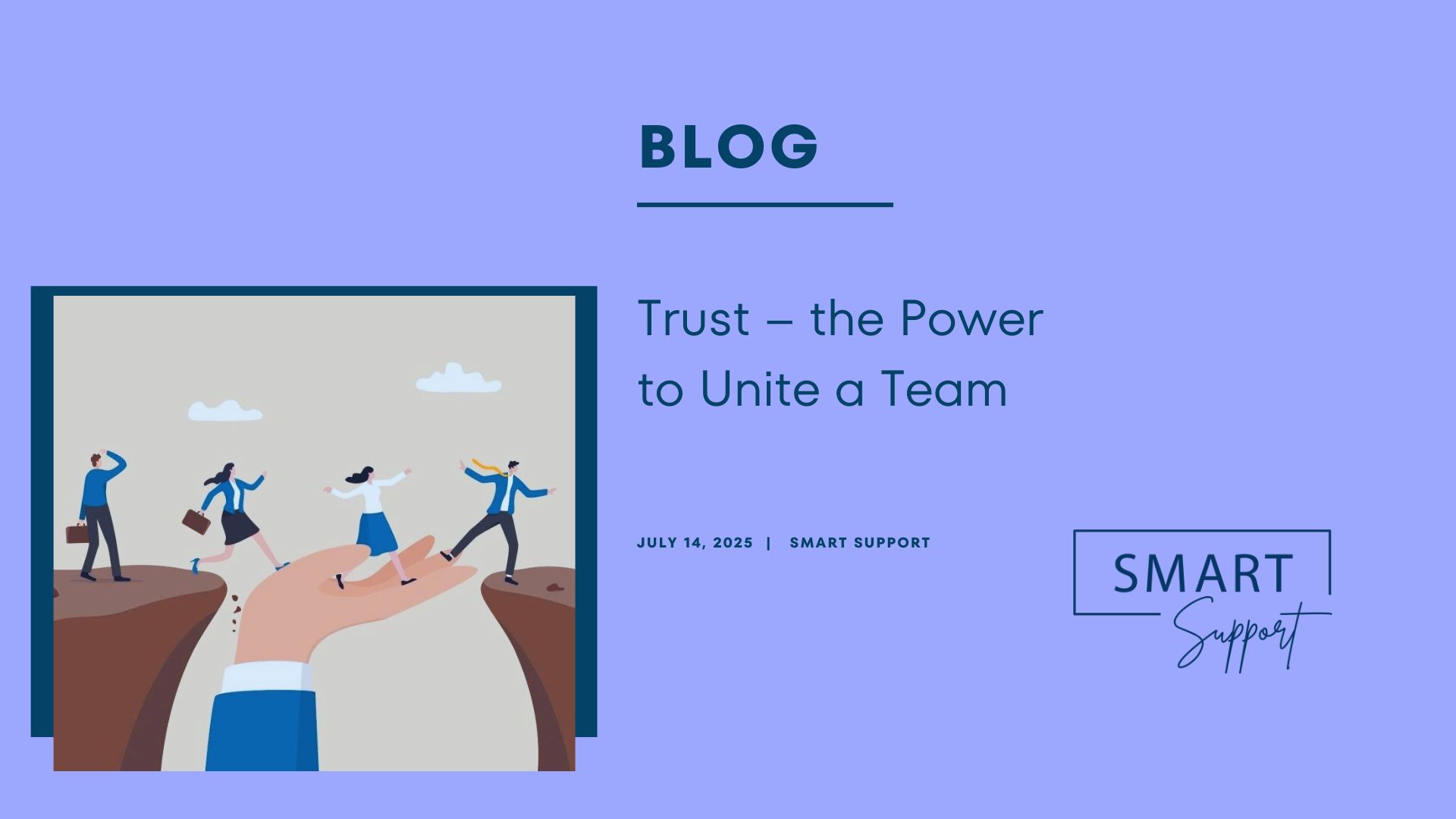Today, in a rapidly changing environment where chaos has become the norm, the main secret of successful organizations is hidden in human relationships, where trust holds a prominent place. Trust is the invisible thread that unites us around a common goal and creates a space where responsibility is not fear, but joy; Trust is not a product that can be purchased, nor is it based solely on competence or control. Trust appears where people feel safe, where a mistake does not mean punishment. Trust is born when a leader thinks first of all about the team members.
A person biologically needs a safe environment. Stress, fear and tension block our creativity, mental strength and motivation. The same is true in the office, if the environment is unsafe, employees do only the minimum and soon lose enthusiasm. The main task of a leader is to create a safe circle, a culture where everyone feels their place. This means a safe circle that fosters mutual respect, fairness, openness to feedback, and thoughtful decisions. It is in such a space that trust is born, and when it exists, a team can accomplish the impossible. Many people can talk about trust, but its proof comes in difficult moments. The leader who says in a crisis: “We will overcome together” is the one who builds long-term trust. Sometimes this means giving up short-term gains and quick decisions in order not to lose an employee and listen to the team. When a leader chooses humanity every day, the team returns trust in return, which becomes the strongest foundation of the company.
One of the most painful truths of modern management is that
the more control you apply, the less trust you get, because control is based on fear, trust on freedom. The strongest teams are always created when people trust each other. Without this, a team is simply a group of people. With trust, they become a living system that does not collapse at the slightest obstacle, but grows stronger. Until a person feels that a leader is standing next to him, he cannot follow his idea and, even more so, cannot fully trust him. Trust is not a mechanism, it is the foundation. Therefore, those who instill trust know how to turn a team into a united force.
Trust starts with communication, when honest conversation becomes the norm, not the exception. When team members feel they can share their thoughts, doubts, or ideas in a calm manner, it creates a culture that is based on respect and support. For example, when we give employees the opportunity once a week to each talk about how they feel, what is difficult for them, or what helps, it helps to build mutual understanding.
Trust is also strengthened by sharing responsibility. When team members feel their importance, trust naturally grows. One effective approach can be a framework such as the Ownership Matrix — distributing tasks in such a way that everyone has a role and responsibility for the common cause. This promotes teamwork, reduces the need for “blame-finding,” and increases mutual respect.


